As we age, our body's ability to regulate fluids changes, making proper hydration more critical than ever for seniors. Dehydration in older adults can lead to confusion, falls, urinary tract infections, and even hospitalization. Yet, many seniors don’t drink enough water daily—often without realizing it. This comprehensive guide offers a clear, actionable hydration checklist, explains why each step works, and shows how to adapt it to individual needs.
The sensation of thirst diminishes as we get older, meaning seniors may not feel thirsty even when their body needs water. Additionally, kidney function naturally declines with age, reducing the body’s ability to concentrate urine and conserve water. Chronic conditions like diabetes, heart disease, and medications such as diuretics can further increase fluid loss.
Staying hydrated supports digestion, circulation, temperature regulation, joint lubrication, and cognitive function. Even mild dehydration can impair mental clarity and physical coordination—key concerns for aging adults.
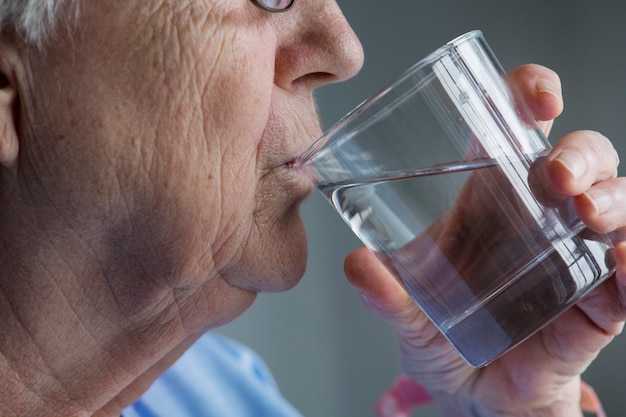
Don’t wait until you’re thirsty. Aim to sip water consistently from morning to evening. A good baseline is 6–8 cups (48–64 oz) per day, though individual needs vary based on activity, climate, and health status.
Use the urine color chart as a simple hydration gauge. Pale yellow indicates good hydration; dark yellow or amber means it’s time to drink more water. Clear urine may suggest overhydration, which is also a concern.
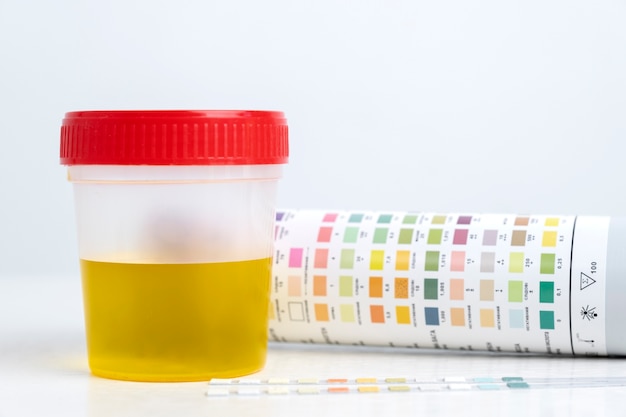
Many fruits and vegetables have high water content. Incorporate water-rich foods like cucumbers, watermelon, oranges, strawberries, lettuce, and soups into daily meals. These contribute significantly to total fluid intake.
Memory lapses or busy routines can make it easy to forget. Use a timer, smartwatch alert, or simple app to prompt regular sipping. Place a filled water bottle within sight as a visual cue.
Hot weather, indoor heating, or physical activity increases fluid needs. During summer or exercise, add 1–2 extra cups of water. Use fans or air conditioning to reduce fluid loss through sweating.
Water is best, but other fluids count too—herbal teas, milk, and low-sugar broths are excellent options. Limit caffeine and alcohol, as they can increase dehydration. Avoid sugary drinks that contribute to weight gain and blood sugar spikes.
A lightweight, easy-grip bottle or a flavored-infused pitcher with lemon or cucumber can encourage more drinking. For those with arthritis or mobility issues, consider bottles with handles or straws.
For individuals with heart or kidney conditions, fluid balance is crucial. A simple log or marked water bottle can help track daily intake, especially if fluid restrictions apply. Always follow medical advice in such cases.
This checklist is designed around proactive hydration rather than reactive thirst. Since the thirst mechanism weakens with age, relying on it isn’t enough. By integrating hydration into daily routines, using visual cues, and adapting to personal health needs, seniors can maintain optimal fluid balance and avoid complications.
The inclusion of food-based hydration and monitoring tools makes the process sustainable and personalized. Small, consistent habits are more effective than occasional large intakes, which the body may simply excrete.
Hydration is a simple yet powerful way to support health and independence in later years. By following this checklist, understanding the science behind it, and making personalized adjustments, seniors can stay energized, alert, and resilient.
Start today—fill a glass, set a reminder, and make hydration a daily priority.

Health

Health

Health

Health

Health
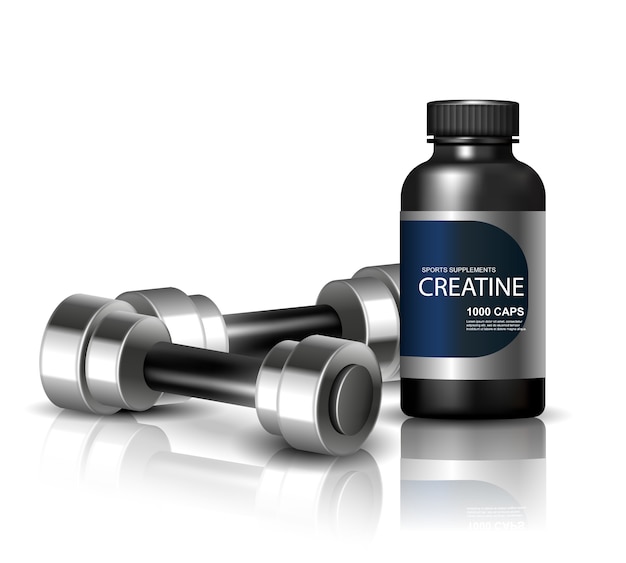
Wellness
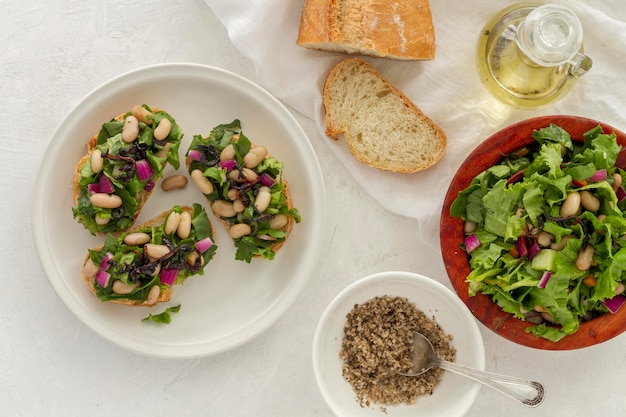
Health

Fitness
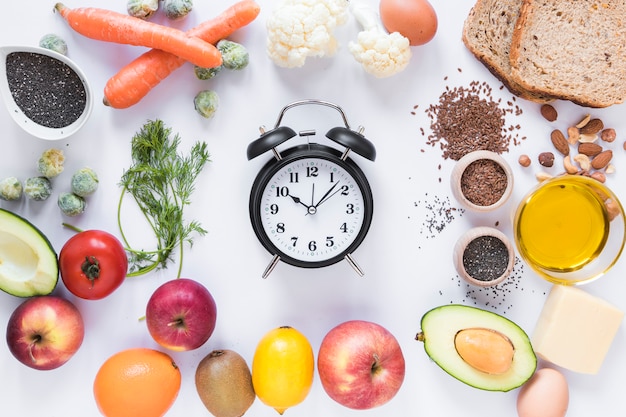
Health

Wellness
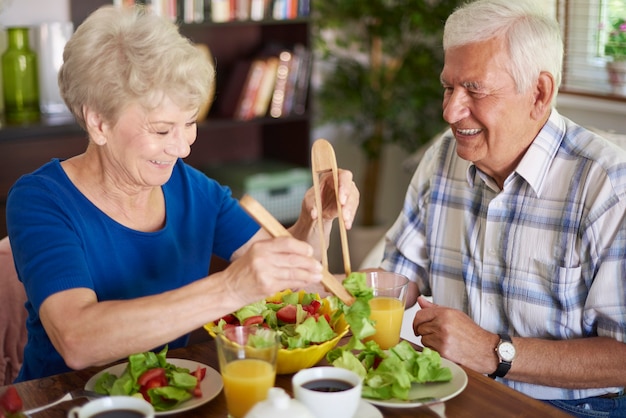
Wellness
Health

Health

Fitness

Health

Health